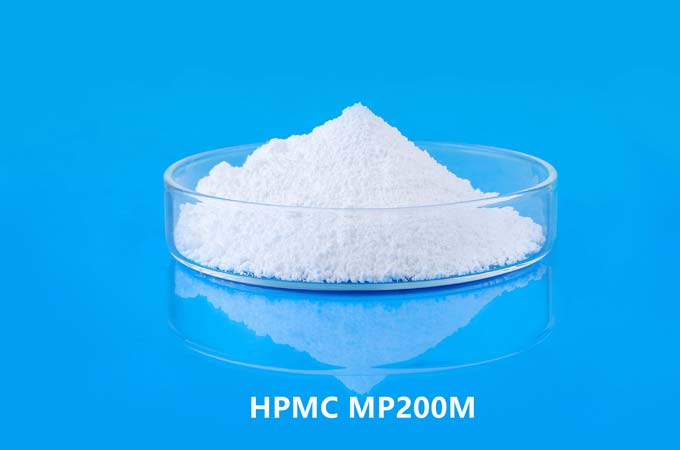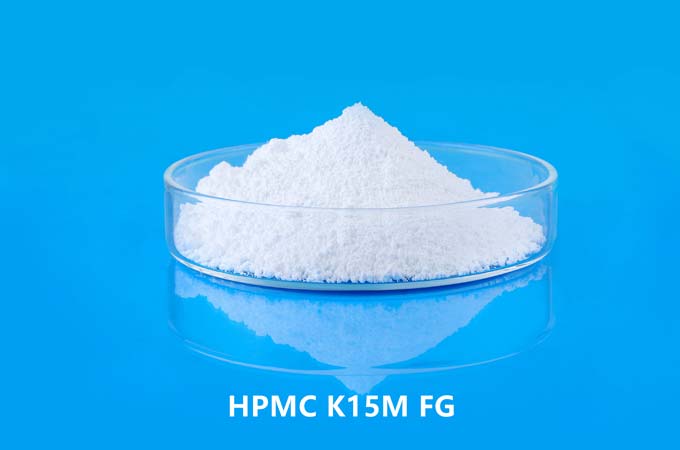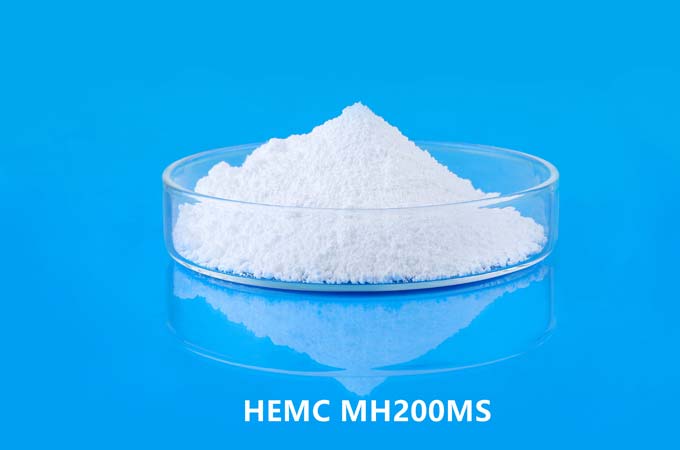Using Hydroxypropyl Methylcellulose (HPMC) in ceramic glazes and coatings offers a plethora of advantages, ranging from enhancing application properties to improving the overall performance and appearance of the final product. This versatile additive plays a crucial role in optimizing various aspects of ceramic formulations.
1.Improved Rheological Properties:
HPMC serves as a highly effective thickening agent, imparting desirable rheological properties to ceramic glazes and coatings. By adjusting the viscosity, it enables better control over the flow characteristics, ensuring optimal application consistency. This results in uniform coverage and minimizes defects such as dripping or uneven coating thickness.
2.Enhanced Adhesion:
The use of HPMC promotes better adhesion of glazes and coatings to the ceramic substrate. Its film-forming properties create a strong bond between the surface and the applied material, thereby reducing the risk of delamination or peeling. This improved adhesion contributes to the durability and longevity of the ceramic product.
3.Reduced Drying Shrinkage and Cracking:
HPMC acts as a binder, helping to mitigate drying shrinkage and the associated risks of cracking in ceramic coatings. By maintaining moisture content and controlling the rate of water evaporation during drying, it minimizes stresses within the coating layer. This results in a more robust and crack-resistant finish, particularly crucial for large or complex ceramic pieces.
4.Controlled Thixotropy:
Thixotropic behavior, where a material exhibits reduced viscosity under shear stress, is advantageous in ceramic applications. HPMC facilitates controlled thixotropy, allowing the glaze or coating to flow smoothly during application while retaining its structure once applied. This property ensures that the material stays in place on vertical or angled surfaces without sagging, enhancing application efficiency.
5.Enhanced Suspension Stability:
Ceramic formulations often contain solid particles or pigments that require suspension to prevent settling. HPMC aids in stabilizing suspensions by forming a protective colloid around the particles, preventing agglomeration and sedimentation. This results in a homogeneous mixture with consistent color distribution and avoids the need for frequent agitation during application.
6.Improved Water Retention:
Maintaining adequate water content is crucial throughout the application and drying stages of ceramic coatings. HPMC functions as a water retention agent, slowing down the evaporation rate and extending the working time of the glaze or coating. This prolonged open time allows for better leveling and smoother surface finish, particularly beneficial in hot or dry conditions.
7.Compatibility with Various Formulations:
HPMC exhibits excellent compatibility with a wide range of ceramic raw materials and additives. Its non-ionic nature ensures compatibility with both acidic and alkaline environments without adverse reactions. This versatility allows ceramic manufacturers to incorporate HPMC into diverse formulations while maintaining consistent performance and quality.
8.Improved Surface Finish:
The use of HPMC in ceramic glazes and coatings results in a smoother and more uniform surface finish. Its film-forming properties create a glossy or matte appearance depending on the desired aesthetic effect. Additionally, HPMC can act as a leveling agent, minimizing surface imperfections such as pinholes or orange peel texture, thereby enhancing the overall visual appeal of the ceramic product.
9.Environmental and Health Safety:
HPMC is a biodegradable and non-toxic additive, making it environmentally friendly and safe for use in ceramic applications. Unlike certain traditional binders or additives, HPMC does not pose health risks to workers or end-users, ensuring compliance with stringent regulatory standards and promoting sustainable manufacturing practices.
10.Cost-Effective Solution:
Despite its numerous benefits, HPMC offers a cost-effective solution for ceramic manufacturers. Its effectiveness in small dosages translates to lower overall formulation costs while providing significant performance improvements. Moreover, the enhanced quality and durability of ceramic products resulting from HPMC utilization can lead to reduced maintenance and replacement expenses over the product lifecycle.
The advantages of using Hydroxypropyl Methylcellulose (HPMC) in ceramic glazes and coatings are multifaceted, encompassing improved rheological properties, enhanced adhesion and durability, controlled thixotropy, stability of suspensions, prolonged open time, compatibility, surface finish enhancement, environmental safety, and cost-effectiveness. By harnessing the unique properties of HPMC, ceramic manufacturers can optimize their formulations and achieve superior results in terms of both aesthetics and performance.
 English
English 日本語
日本語 français
français Deutsch
Deutsch Español
Español italiano
italiano русский
русский português
português العربية
العربية Türkçe
Türkçe Nederland
Nederland



